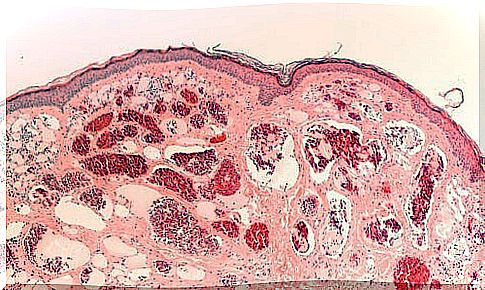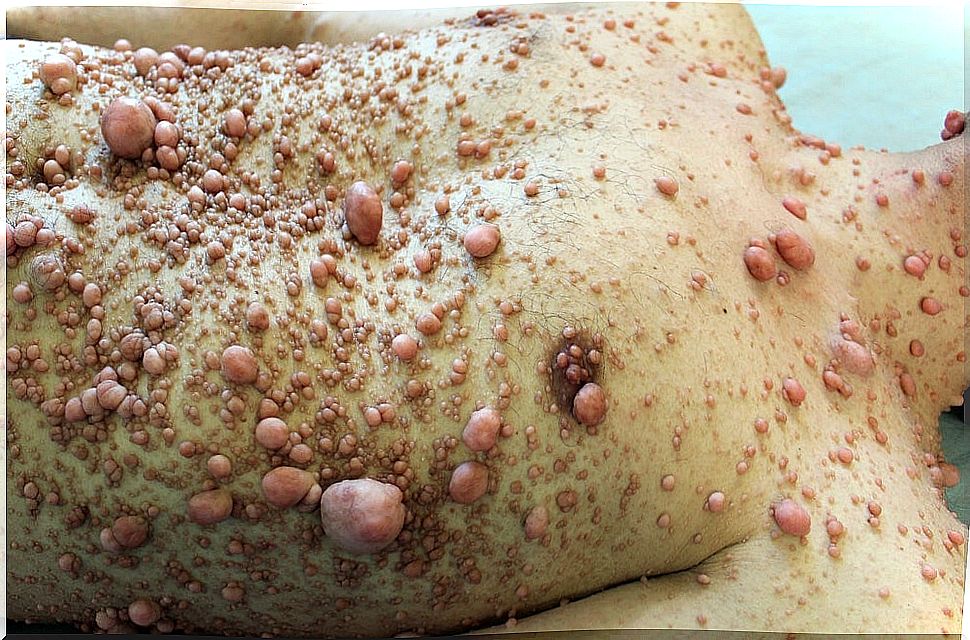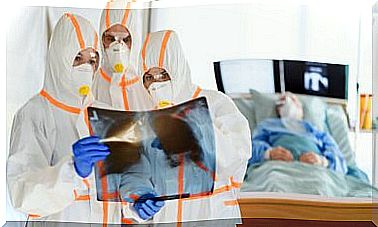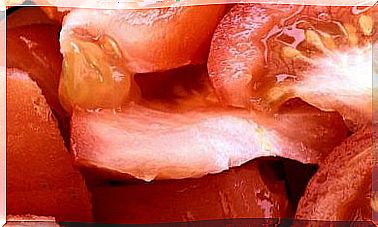Neurofibromatosis: Everything You Need To Know
Neurofibromatosis is a disease characterized by the appearance of benign or malignant tumors that affect the central or peripheral nerves. Another of the manifestations that this disease usually causes are spots on the skin due to overpigmentation.
It is a genetic condition. It arises as a consequence of mutations in the genes that code for neurofibromin and merlin. Both molecules act as tumor suppressors by negatively regulating certain oncogenes.
Oncogenes are genes included in the human genome that regulate cell growth and proliferation. If these genes get out of control, the cell cycle can get out of control, which implies that the cell in question acquires characteristics of a tumor cell.
Types of neurofibromatosis

Several types of neurofibromatosis are distinguished. It is possible to differentiate them based on the gene that is mutated.
Type I neurofibromatosis
Also known as von Recklinghausen’s disease. It is the most common of all types of neurofibromatosis; It occurs in 1 in 3 000 people . It gives rise to neurological, skin and sometimes even bone or soft tissue manifestations.
In this type, the mutated gene is the one that codes for neurofibromin – more than a thousand possible mutations have been identified, but not all of them give rise to a dysfunctional gene. It is an autosomal dominant disease; that is, the mutations take place on non-sex chromosomes and only the mutation in one of the two alleles is required.
Type II neurofibromatosis
It is much less common than type I; it occurs in approximately 1 in 35,000 people. It gives rise to bilateral acoustic neuromas, which are tumors that appear on the nerves that connect the ear to the brain.
In this type of disease, the mutated gene is the one that codes for merlin – up to 200 possible mutations have been identified, but again, not all of them give rise to a dysfunctional gene. The vast majority of people with type II neurofibromatosis have inherited the defective gene from one of their parents.
Schwannomatosis
The manifestations of this disease were previously attributed to type II neurofibromatosis, instead of being considered as a third type of neurofibromatosis. In this case, the mutated gene is SMARCB1, located on the same chromosomal arm as the mutated gene in type II neurofibromatosis.
In the past, it was thought that the gene involved was the same as in the previous case. However, advances in the field of sequencing have made it possible to reveal the different genes involved.
Schwannomatosis is characterized by the development of neuromas in the peripheral nerves that, in most cases, are truly painful. It is very similar to type II neurofibromatosis, but in this case the characteristic acoustic neuromas do not develop. In addition, the clinical picture differs from one type to another.
Peripheral or central tumors

The tumors that arise can appear on the peripheral or central nerves. There is a great variety of types, depending on the nerve in which they develop and the clinical manifestations that they imply.
Peripheral nerve tumors
They are very common in type I neurofibromatosis. They are characterized by appearing anywhere along the path of the peripheral nerves, which are those that connect the body’s organs and muscles with the central nervous system.
These tumors develop from nerve sheaths – myelin sheaths – a type of tissue that covers neuronal axons, protects them, and facilitates nerve impulse transmission. If we analyzed them under the microscope, we could see that they are made up of a mixture of Schwann cells, fibroblasts, neural cells and mast cells.
There are different forms of peripheral nerve tumors:
- Cutaneous neurofibroma. It is soft and meaty.
- Subcutaneous neurofibroma. It is generally hard and has a nodular appearance.
- Nodular plexiform neurofibroma: They can grow towards the intervertebral foramen, thus giving rise to intraspinal tumor masses that can compress the spinal cord and cause great pain.
- Diffuse plexiform neurofibroma. These are subcutaneous nodules caused by an amorphous or excessive growth of the bones or the underlying Schwann cells.
- Schwannomas: Tumors that derive from Schwann cells. Its malignancy is very rare.
Central nerve tumors

In this case, they arise in the nerves located in the central nervous system – brain and spinal cord. They also come in various forms:
- Optic gliomas: They are the consequence of a lack of control in the cycle of cells called astrocytes – a type of nerve cell. Most of the time they are asymptomatic. However, if they grow large enough they can compress the optic nerve and cause blindness.
- Acoustic neuromas: They arise in the nerves that connect the auditory system with the brain. They can cause dizziness, ataxia, and even deafness. They are characteristic of type II neurofibromatosis.
- Meningiomas: These tumors develop in the membranes that protect the brain, called meninges. They are usually asymptomatic; however, if the tumor grows large enough it can lead to severe headaches.
In short, neurofibromatosis is a genetic disease that, in most cases, does not trigger in cases of cancer. However, immediate medical analysis is highly recommended to start the appropriate treatment on time.









